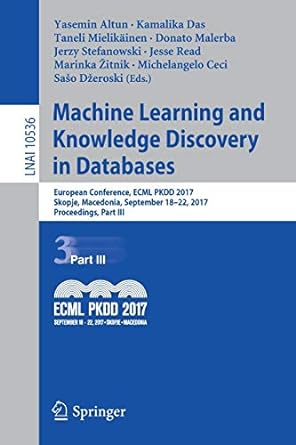Answered step by step
Verified Expert Solution
Question
1 Approved Answer
Can you please solve this? Thank you 1. Consider a simplified JPEG like image coder, where each 4x4 block is transformed into DCT coefficients and

Can you please solve this? Thank you
1. Consider a simplified JPEG like image coder, where each 4x4 block is transformed into DCT coefficients and these coefficients are then quantized and coded into binary bits using run-length coding along the zig-zag order. The figure below shows a 4x4 block of quantized DCT coefficient indices. To code these indices, we scan them using the zig-zag order. Along this scan order, we code each non-zero index with a fixed length coder, and the zero indices using the run-length of zeros. The last run of zeros will be indicated by an EOB (end of block) symbol. Let us assume that there are at most 4 different possible values for the magnitude of the non-zero indices (from 1 to 4) so that each can be coded using 2 bits. Each non-zero index is coded with 3 bits, with 1 bit for the sign (0 for positive, 1 for negative) and 2 bits for the magnitude. For the run-length, for simplicity, let us assume that the possible run-length symbols are 0, 1, 2, 3, EOB. (a) Write down the sequence of (non-zero, run-length) pairs that represents this block. [5 pts.] (b) Table 1 provides the probability distribution of possible run-length symbols to be coded using Huffman coding. Design a Huffman code for all possible symbols. [10 pts.] (C) Write down the actual coded bitstream for this block using a combination of your Huffman code and fixed length coding as described. How many bits did you use in total? What is the bit rate (bits/pixel)? [10 pts.] 4 0 2 -3 Symbol Prob. 0 0 o 0 O 04 1 0.15 -1 0 0 O 2 0.1 0 1 0 0 3 0,05 EOB 0.3 Quantized transformed coefficient indices 1. Consider a simplified JPEG like image coder, where each 4x4 block is transformed into DCT coefficients and these coefficients are then quantized and coded into binary bits using run-length coding along the zig-zag order. The figure below shows a 4x4 block of quantized DCT coefficient indices. To code these indices, we scan them using the zig-zag order. Along this scan order, we code each non-zero index with a fixed length coder, and the zero indices using the run-length of zeros. The last run of zeros will be indicated by an EOB (end of block) symbol. Let us assume that there are at most 4 different possible values for the magnitude of the non-zero indices (from 1 to 4) so that each can be coded using 2 bits. Each non-zero index is coded with 3 bits, with 1 bit for the sign (0 for positive, 1 for negative) and 2 bits for the magnitude. For the run-length, for simplicity, let us assume that the possible run-length symbols are 0, 1, 2, 3, EOB. (a) Write down the sequence of (non-zero, run-length) pairs that represents this block. [5 pts.] (b) Table 1 provides the probability distribution of possible run-length symbols to be coded using Huffman coding. Design a Huffman code for all possible symbols. [10 pts.] (C) Write down the actual coded bitstream for this block using a combination of your Huffman code and fixed length coding as described. How many bits did you use in total? What is the bit rate (bits/pixel)? [10 pts.] 4 0 2 -3 Symbol Prob. 0 0 o 0 O 04 1 0.15 -1 0 0 O 2 0.1 0 1 0 0 3 0,05 EOB 0.3 Quantized transformed coefficient indicesStep by Step Solution
There are 3 Steps involved in it
Step: 1

Get Instant Access to Expert-Tailored Solutions
See step-by-step solutions with expert insights and AI powered tools for academic success
Step: 2

Step: 3

Ace Your Homework with AI
Get the answers you need in no time with our AI-driven, step-by-step assistance
Get Started


